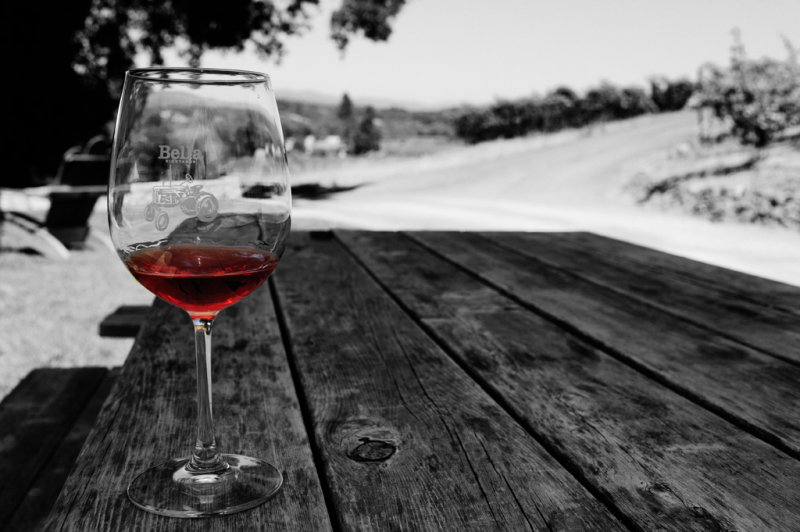In addition to featuring a tasting led by Jancis Robinson, Day 2 of the Digital Wine Communication Conference also included a walk around tasting featuring 40 different Swiss Wine producers. It was…a lot of wine. And I tasted too many to keep track or take very detailed notes. But I did get to taste a couple of very rare wines that are worth talking about.
The first is Completer, also called Malanstraube. Some botonists believe the Swiss grape Lafnetscha is actually the same grape. Others claim it is merely an offspring that the completer grape is often mistaken for. But either way the varietal remains rare. According to the Donatsch family, winemakers at their eponymous estate, there are only 2 hectares, or about 5 acres, of this grape left in production in the entire world. Found in the Graubüden region of Eastern Switzerland, Domaine Donatsch cultivates over half a hectare of these rare vines. Traditionally these vines were used in the production of oxidized wines, produced in a style similar to sherry, Domaine Donatsch opts for a late-harvest off-dry wine. I was lucky to have the chance to taste the 2012. Off-dry, without being overly sweet this wine has a backbone of good acidity. Very tight the reserved nose nevertheless delivers distinct notes of crisp fruit and honey. This wine has the potential to age and would pair beautifully with soft, creamy goat cheese. Hard to track down, yes. Worth the effort, absolutely.
The other incredibly rare grape I got to experience is Räuschling. DNA mapping has proved Rauschling to be a cousin of the Pinot family and thrives in similar conditions. Found mainly in Northern Switzerland, this indigenous grape varietal is cultivated only on 17 hectares, about 42 acres, of land. Mainly used in white wine blends, I tasted the 2013 R3 from Luthi Weinbau. Produced using an ancient and native strain of yeast, produced from a sample pulled from a wine bottled in 1895, this wine’s distinct characteristics are enhanced by its aging on the lees. With a slight touch of fizz on the tongue, due to natural SO2 production in the cellars, this wine was a surprise on the first sip. With a complex nose of floral and citrus the palate is crisp and clean.
I also was able to enjoy a white wine aged in an amphora, an unusual oak-aged Chasselas and the unusual Humagne Blanche. The tasting was a test for my palate and a great introduction to the wide world of Swiss wine but now I face a bigger challenge … finding these intriguing Swiss wines outside of Switzerland.
